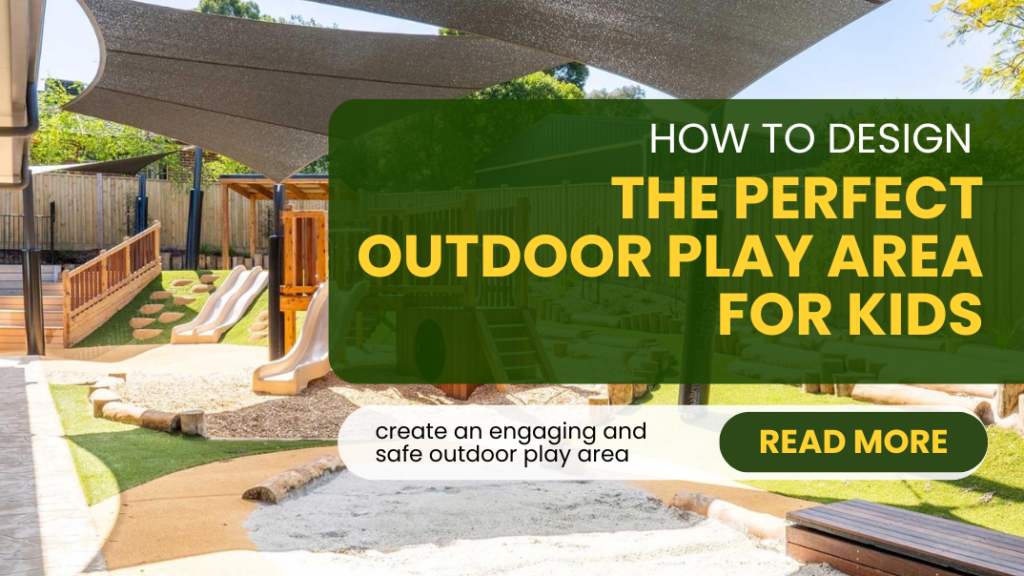Do you want to create an engaging and safe outdoor play area for kids? It’s crucial for their development. An outdoor play area provides a space for children to explore, learn, and grow in ways that indoor environments cannot match. Fresh air, sunlight, and open spaces are essential for children’s physical and mental well-being. Designing an outdoor play area can seem overwhelming, but with the right tips, you can create a perfect space where children can play and learn safely.
Outdoor play areas are not just for fun; they play a significant role in a child’s overall development. Physical activities like running, jumping, and climbing are vital for developing motor skills and overall fitness. Moreover, the freedom to explore and interact with nature can boost creativity and cognitive abilities. Creating an outdoor play area requires thoughtful planning to ensure it is safe, engaging, and beneficial for children’s growth.
The key to a perfect outdoor play area is balancing safety, fun, and developmental benefits. By incorporating various elements like safe surfaces, diverse play structures, and natural elements, you can ensure kids have a holistic play experience. Children need different types of play equipment to help develop their physical skills. Items like swings, slides, and climbing frames offer varying levels of physical challenge and fun. Moreover, integrating natural elements such as sand, water, and plants can enrich the sensory experiences of kids, fostering creativity and imagination.
Designing an outdoor play area starts with understanding the needs and preferences of children. Kids are naturally curious and energetic, so the play area should offer various activities catering to different interests and age groups. Incorporating elements like obstacle courses, balance beams, and interactive play panels can keep children engaged and entertained for hours. Safety is paramount, so ensure all equipment is age-appropriate and installed correctly.
A booming outdoor play area should also encourage social interaction. Including features like group swings, seesaws, and playhouses can help children learn to share, cooperate, and build friendships. Play is a crucial aspect of social development, and a well-designed play area can provide ample opportunities for children to engage with their peers in meaningful ways.
In addition to play equipment, consider incorporating educational elements into the outdoor play area. Nature trails, vegetable gardens, and bird feeders can teach children about the environment and instill a love for nature. These features can also provide excellent hands-on learning and exploration opportunities, making the play area fun and educational.
Read on to discover the essential aspects of designing an ideal outdoor play area for kids and ensure they get the best environment for growth and fun.
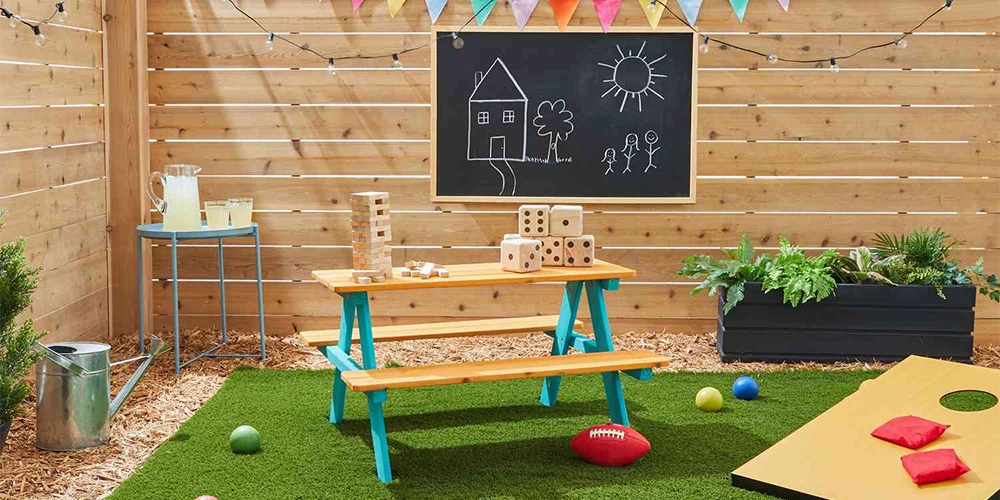
Why Kids Need to Spend Time Outdoors?
Kids must spend time outdoors for physical, mental, and emotional well-being. Outdoor play areas provide opportunities for physical activities that help build strong muscles and bones. Running, jumping, and climbing improve cardiovascular health and overall fitness. Additionally, outdoors allows children to experience nature and fresh air, which benefits their mental health. Exposure to sunlight helps regulate sleep patterns and boosts the immune system.
Outdoor play also enhances mood and reduces stress. Nature has a calming effect, and unstructured playtime encourages creativity and imagination. Children develop problem-solving skills by creating games and scenarios, leading to improved cognitive abilities.
Spending time in an outdoor play area promotes social skills. When children play together, they learn how to share, take turns, and communicate effectively. These interactions help them develop empathy and build friendships. Outdoor environments provide a diverse and stimulating setting for these social interactions, which is crucial for emotional development.
Moreover, outdoor play encourages a sense of adventure and exploration. Children become more curious and willing to take risks in a safe environment. This fosters independence and confidence as they navigate new challenges. Exploring nature also helps children develop a sense of environmental stewardship and appreciation for the natural world.
Outdoor play areas provide a break from structured indoor activities and screen time. This balance is essential for healthy development, preventing obesity and attention problems. It also allows children to engage in physical play, often restricted indoors.
In summary, spending time outdoors is vital for children’s holistic development. It supports physical health, mental well-being, social skills, and cognitive growth. Outdoor play areas offer an ideal environment for children to thrive and enjoy the many benefits of being in nature.
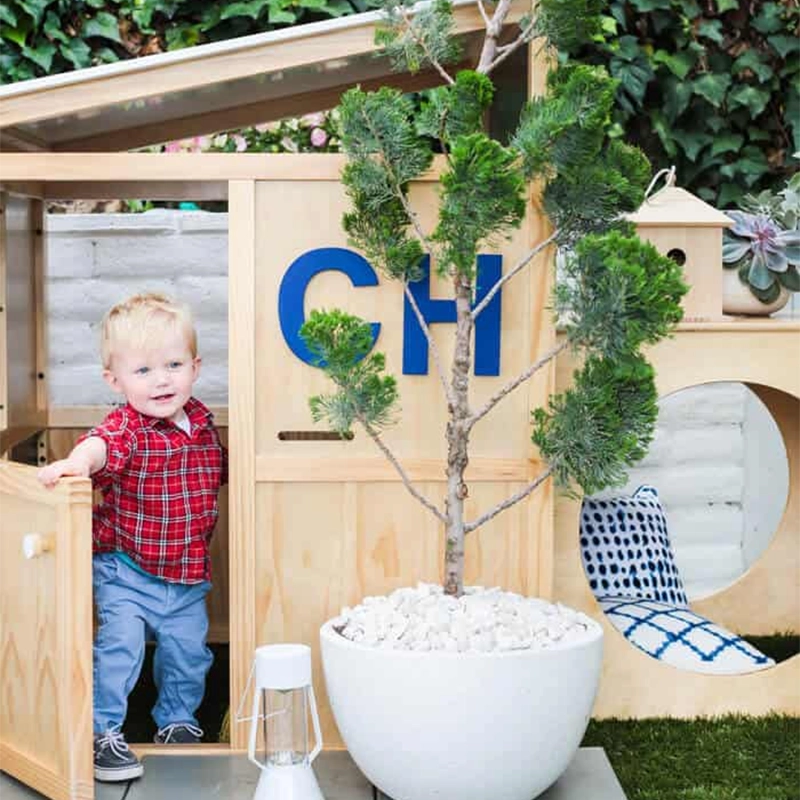
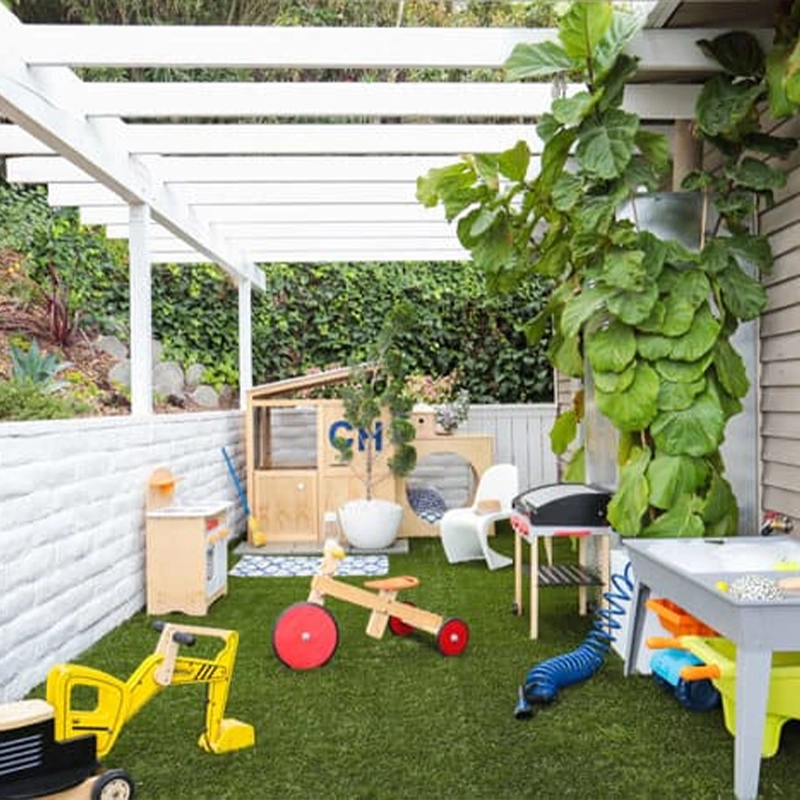
Why Outdoor Areas are Essential for Healthy Development?
Outdoor areas are essential for children’s healthy development because they offer unique learning experiences that cannot be replicated indoors. In an outdoor play area, children can explore their environment, learn about nature, and develop a sense of curiosity and wonder. This type of play encourages independence and self-confidence as children navigate and interact with their surroundings.
An outdoor play area also provides the perfect setting for developing social skills. Playing with others teaches children how to share, cooperate, and resolve conflicts. These interactions are crucial for building strong relationships and developing communication skills. Outdoor play areas often include diverse play structures and natural elements that challenge children physically and mentally, helping them build resilience and problem-solving abilities.
Incorporating various elements in an outdoor play area, such as climbing frames, balance beams, and sensory play areas, helps children develop their gross motor skills. These activities require using muscles, improving balance, and enhancing coordination. Natural elements like sand, water, and plants provide sensory stimulation for brain development.
Designing an outdoor play area with structured play equipment and open spaces for free play ensures a well-rounded play experience. Structured equipment like swings and slides offer specific physical challenges, while open spaces allow for imaginative and creative play. Combining these elements creates an environment where children can thrive physically, mentally, and emotionally.
Creating a safe and engaging outdoor play area allows children to develop essential life skills. They learn to take risks in a controlled environment, build confidence in their abilities, and create a love for physical activity. An outdoor play area is more than just a place to play; it is a vital part of a child’s development journey.
Understanding Children’s Gross Motor Skills and Play
Many activities we label as “play” during early childhood play a crucial role in developing children’s gross motor skills. Gross motor skills involve the larger muscle groups for walking, running, and jumping. These skills are essential for everyday activities and overall physical development.
Outdoor play areas are ideal for children to develop their gross motor skills. Activities such as climbing, balancing, and skipping are fun and help strengthen muscles and improve coordination. By incorporating various elements into an outdoor play area, you can provide children with opportunities to practice and enhance these essential skills.
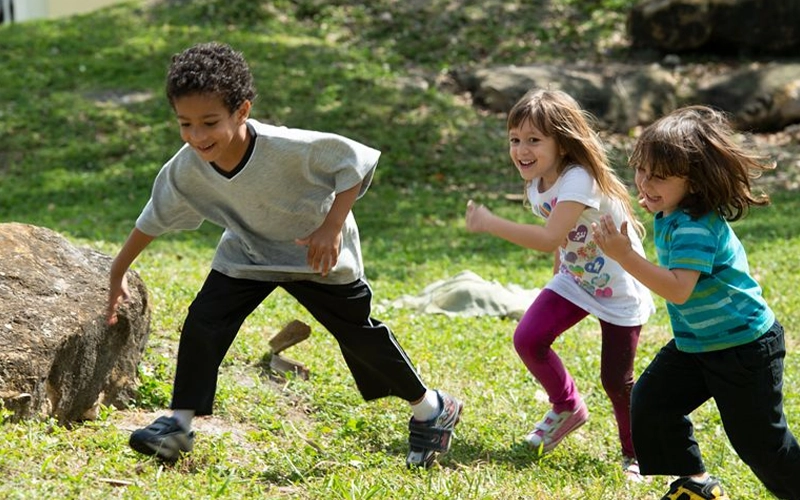
Walking and Running: Open spaces in an outdoor play area allow children to run freely. Pathways or tracks can encourage walking and running, helping to build endurance and improve cardiovascular health.
Climbing: Climbing structures like walls, ropes, and ladders are excellent for building upper body strength and enhancing coordination. These activities also challenge children to think critically and solve problems while navigating the structures.
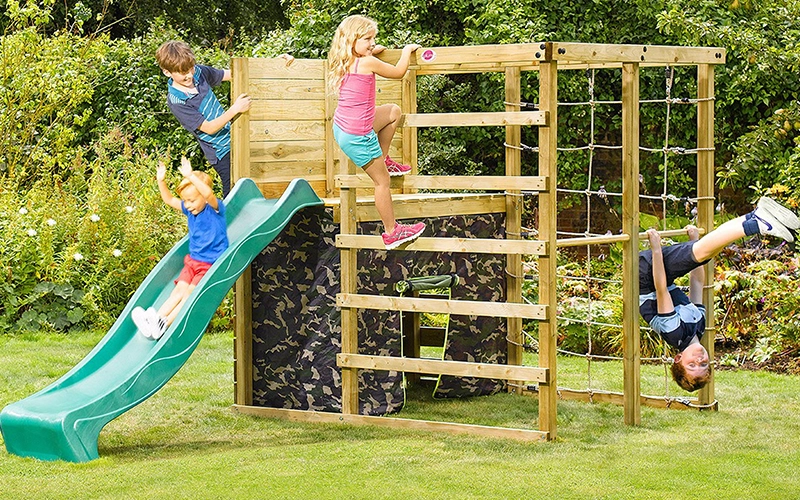
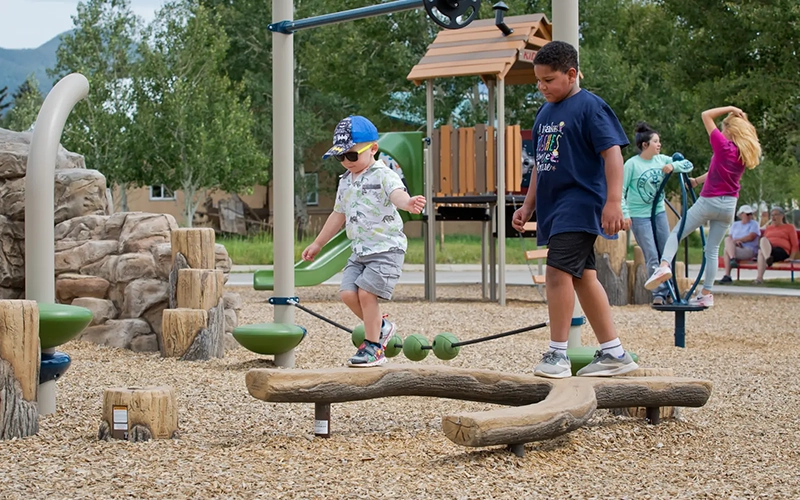
Balancing: Balance beams, stepping stones, and uneven surfaces help children develop core strength and stability. These features require children to focus on their movements and maintain balance, improving overall body control.
Core Strength: Equipment like swings, seesaws, and monkey bars engage the core muscles. These activities not only strengthen the core but also promote coordination and balance.
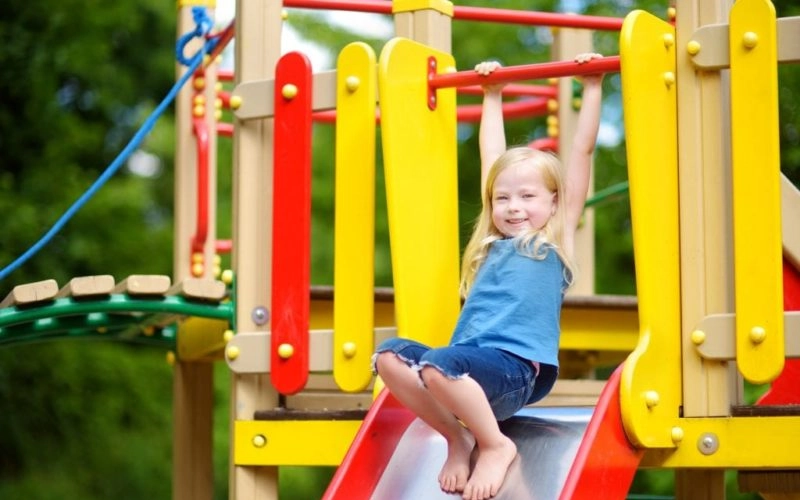
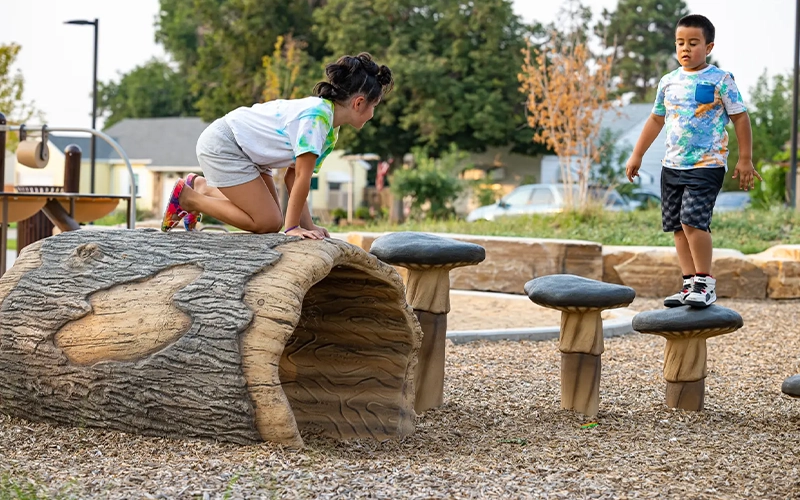
Flexibility: Features like tunnels, slides, and crawl spaces encourage children to stretch, bend, and move in various ways. These activities help improve flexibility and range of motion.
Skipping and Jumping: Skipping ropes, hopscotch grids, and trampolines are perfect for developing rhythm, coordination, and leg strength. These activities are also great for cardiovascular health and overall fitness.
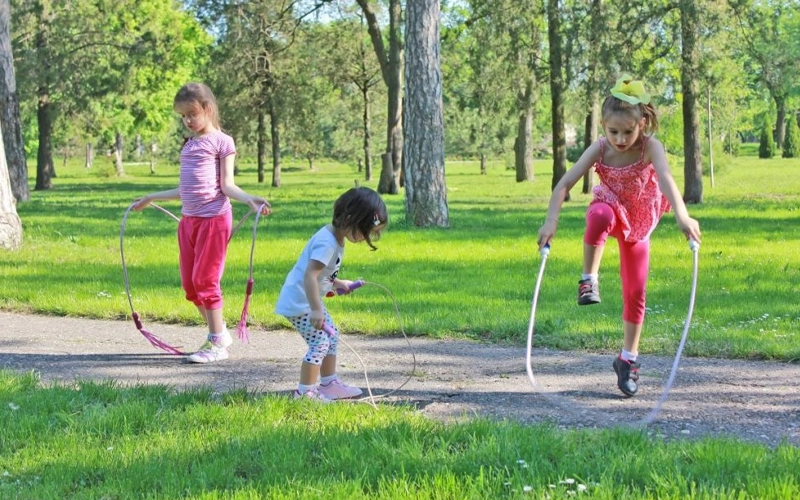
Outdoor play equipment designed to target specific gross motor skills can significantly enhance children’s physical abilities. For example, incorporating a climbing wall can help children develop upper body strength and coordination, while balance beams can improve stability and focus.
As children grow, their play needs evolve. Therefore, an effective outdoor play area should offer progressive challenges that cater to different age groups and skill levels. This ensures that all children can benefit from the play structures, whether just starting to walk or are ready to tackle more complex activities.
In conclusion, understanding and supporting the development of gross motor skills through well-designed outdoor play areas can provide children with the physical foundation they need for a healthy, active life. You can create an environment that promotes physical growth, coordination, and confidence by including diverse play structures and activities.
Self-Guided Learning in Outdoor Play Areas
Self-guided learning is a significant benefit of outdoor play areas, allowing children to explore, discover, and learn at their own pace. These spaces encourage curiosity, independence, and creativity, fostering a love for learning that extends beyond the classroom.

Getting Started: Begin with simple, intuitive elements that children can explore independently. These could include easy-to-read signs, basic play structures, and open spaces where kids can run and play freely. For example, a simple sandpit or water play area can provide endless opportunities for experimentation and discovery. Children can dig, build, and create, learning about textures, cause and effect, and even essential physics.
Science and Nature: Integrating science and nature into an outdoor play area can be incredibly educational. Features like butterfly gardens, bird feeders, and weather stations can teach children about the natural world. Interactive elements like magnifying glasses, bug-catching kits, and small garden plots can enhance this experience. Kids can observe insects and plant seeds and watch them grow, learning about life cycles, ecosystems, and the environment.
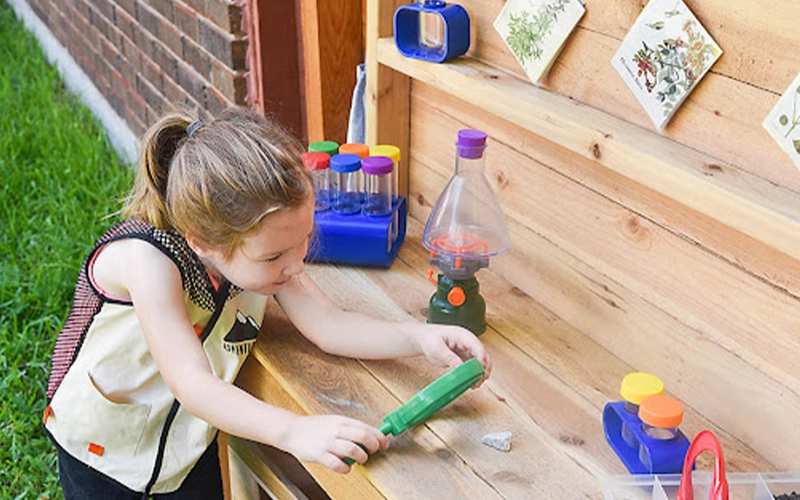
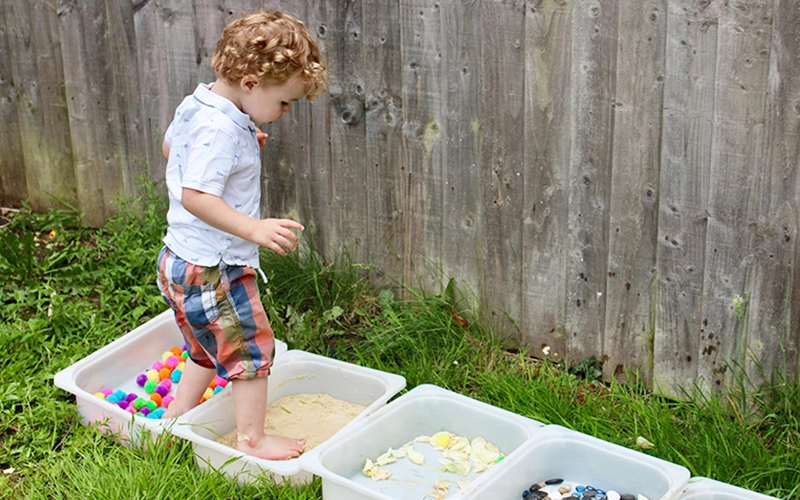
Sensory Play: Sensory play areas with sand, water, and tactile surfaces are excellent for stimulating the senses. These areas encourage children to explore different textures, temperatures, and materials, aiding sensory development. Sensory play helps with cognitive growth and fine motor skills and can be particularly beneficial for children with sensory processing issues. Adding mud kitchens, textured paths, and sound gardens can enrich these sensory experiences.
Art: Outdoor art stations with chalkboards, easels, and mural walls allow children to express their creativity. These stations can be stocked with various art supplies that inspire imaginative play. Creating art outdoors can also connect children with nature, as they might use natural materials like leaves, sticks, and stones in their artwork. This fosters creativity and teaches children to appreciate and utilize their surroundings.
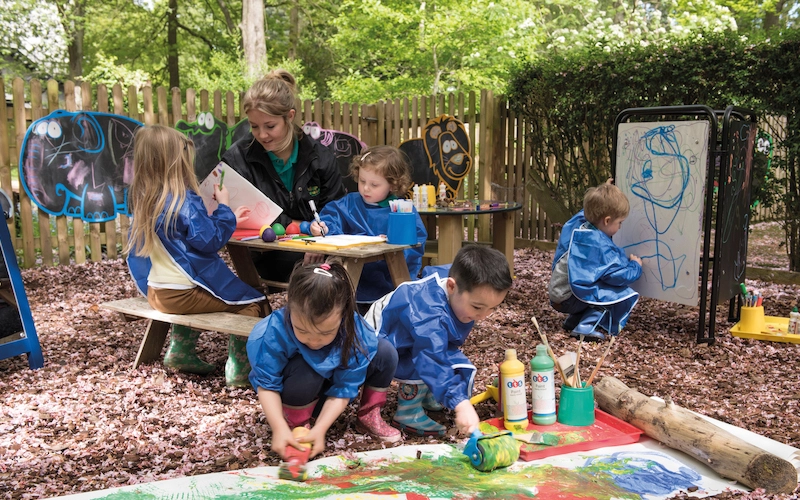
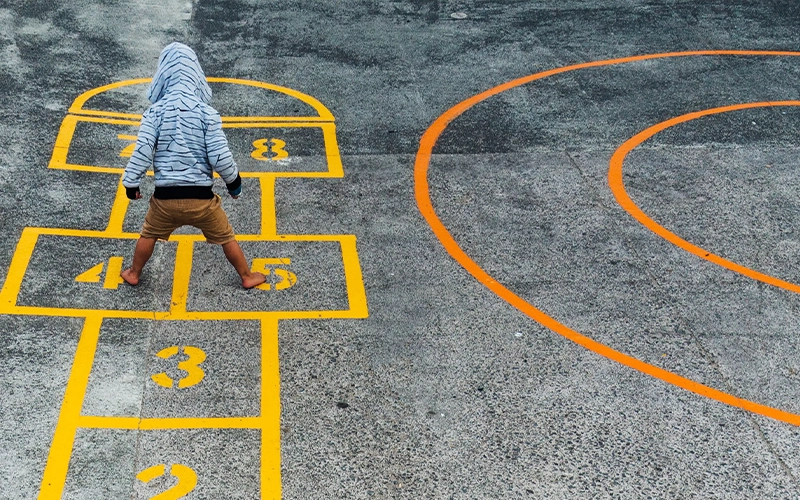
Games: Incorporating traditional games like tic-tac-toe, checkers, and outdoor board games can promote strategic thinking and social interaction. These games can be painted on surfaces or created with movable pieces. Games teach children to follow rules, take turns, and develop patience and strategic thinking. Outdoor play areas can include large-scale versions of these games, making them more engaging and physically active.
Dramatic Play: Spaces dedicated to dramatic play, like playhouses, stages, and costume areas, encourage role-playing and storytelling. These areas help children develop language skills, social competence, and empathy. Dramatic play allows children to explore different roles and scenarios, helping them understand the world around them. Props like costumes, puppets, and everyday household items can enhance these imaginative play experiences.
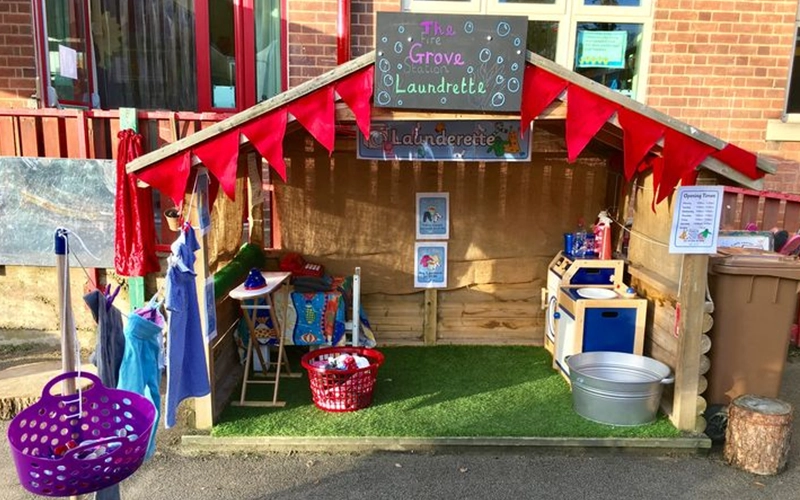
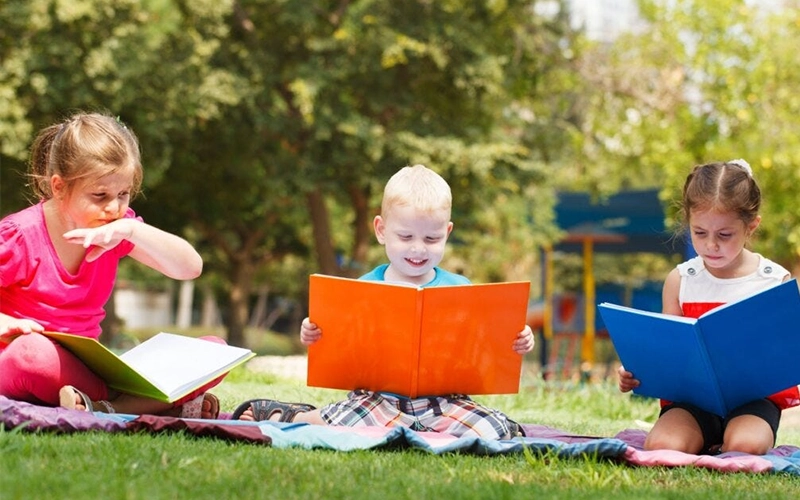
Reading: Cozy corners with benches, shade, and a small library can encourage a love for reading. Providing books on nature, science, and adventure can inspire children to learn more about the world around them. Outdoor reading areas can be magical spots where children immerse themselves in stories while enjoying the fresh air and natural light. Reading nooks can be created with tree stumps, hammocks, or even tents to make them inviting and comfortable.
Child Safety Guidelines for Outdoor Activities
Ensuring safety in an outdoor play area is paramount. Children should be free to explore and play while protected from potential hazards. We can create an environment that supports fun and safety by implementing comprehensive safety guidelines.
- Pedestrian Safety: In any outdoor play area, it is crucial to manage pedestrian traffic to prevent accidents. Clear pathways should be established, separating walking areas from active play zones. Installing signs and markings can guide children and adults, reducing the risk of collisions. additionally, teaching children to be aware of their surroundings and look both ways before crossing paths can instill lifelong safety habits. Use soft, impact-absorbing surfaces like rubber mulch or foam mats along pathways to enhance safety. These materials can cushion falls and minimize injuries, providing an added layer of protection. Regularly inspect and maintain these surfaces to ensure they remain in good condition.
- Riding Toys Safety: Riding toys, such as bicycles, scooters, and tricycles, are popular in outdoor play areas. It’s essential to create designated zones for riding toys to prevent accidents. These zones should be flat, free of obstacles, and marked to separate them from pedestrian paths and other play areas. Children should always wear appropriate safety gear when riding toys, including helmets and knee and elbow pads. Ensuring that these toys are the correct size for each child and regularly checking them for wear and tear can prevent accidents caused by equipment failure. Additionally, supervising younger children during riding activities can further enhance safety.
- Water Safety: If your outdoor play area includes water features like splash pads, pools, or fountains, water safety becomes a critical concern. Always supervise children when they are near water, regardless of its depth. Install barriers or fencing around pools and deeper water features to prevent unsupervised access. Non-slip surfaces around water areas can help prevent slips and falls. Additionally, providing life vests or floatation devices for young children can add an extra layer of safety. Educate children about water safety rules, such as not running near pools or pushing others into the water.
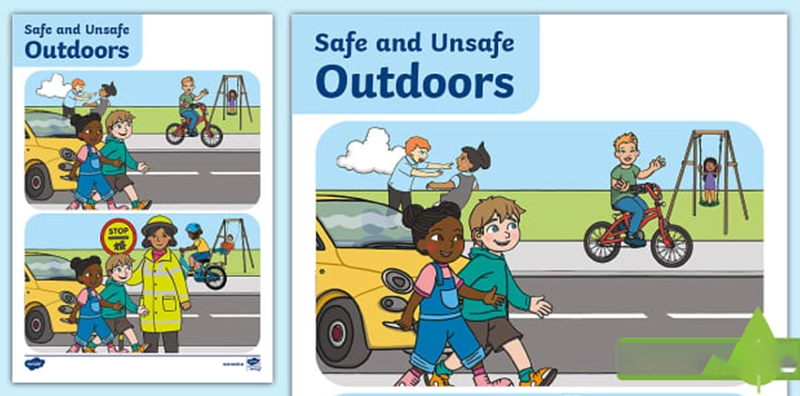
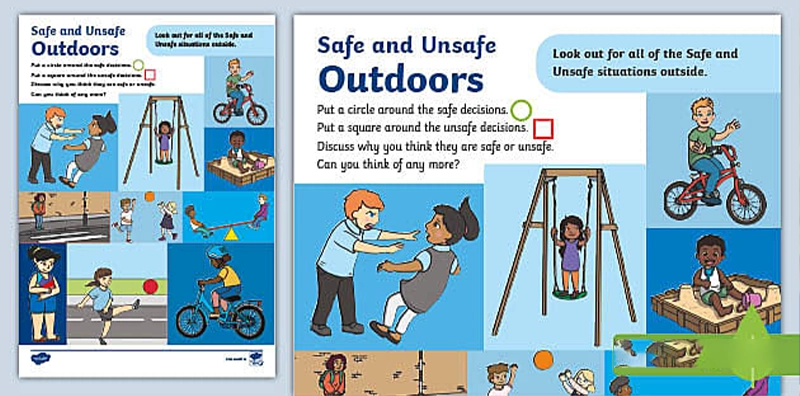
- General Safety Tips: Regular maintenance of the outdoor play area is essential to ensure all equipment and surfaces are safe. Conduct routine checks to identify and fix potential hazards, such as broken equipment, sharp edges, or worn-out surfaces. Keeping the play area clean and free of debris can also prevent injuries. Provide clear safety guidelines and rules for children to follow. These rules should be simple and easy to understand, emphasizing the importance of playing safely and respecting others. Displaying these rules prominently around the play area can be a constant reminder for children and caregivers.
- Emergency Preparedness: Prepare for emergencies by having a first aid kit readily available and ensuring that all supervisors or caregivers are trained in basic first aid and CPR. Knowing how to respond to common injuries, such as cuts, bruises, or sprains, can make a significant difference in the outcome of an accident. A clear emergency plan, including contact information for local emergency services, can expedite response times in case of a severe incident. Regular drills and discussions about emergency procedures can help children and adults know what to do in various situations.
In conclusion, creating a safe outdoor play area involves careful planning and ongoing maintenance. By addressing pedestrian safety, riding toys safety, and water safety, and implementing general safety tips and emergency preparedness, we can provide a secure environment for children to enjoy. Safety should always be a priority, ensuring outdoor play areas allow children to have fun, learn, and grow without unnecessary risks.
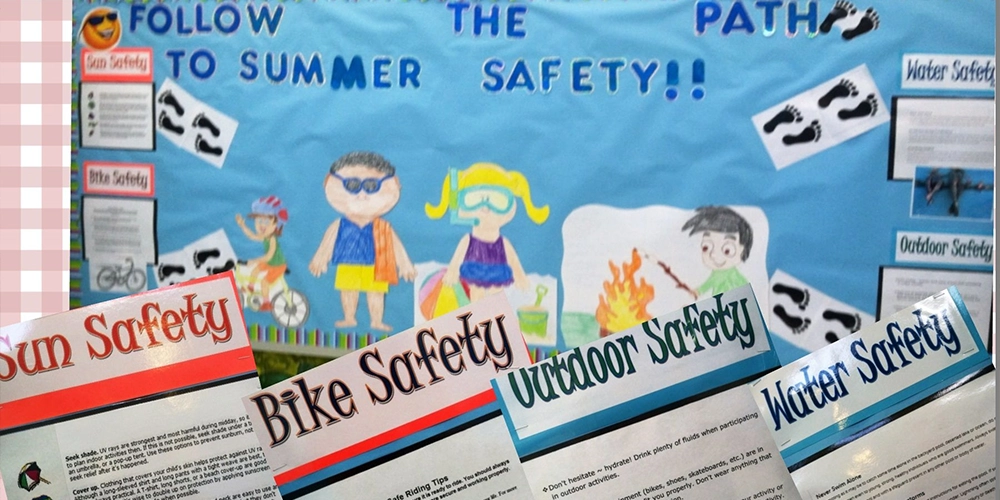
Creating the perfect outdoor play area for kids involves more than just installing fun equipment. It requires a thoughtful approach that balances safety, developmental benefits, and the joy of play. By understanding and supporting the development of gross motor skills, fostering self-guided learning, and implementing robust safety guidelines, we can provide children with a space where they can thrive physically, mentally, and emotionally.
A well-designed outdoor play area encourages kids to explore, discover, and engage with their environment, promoting overall well-being. It becomes a place where children have fun and learn valuable life skills. With careful planning and ongoing maintenance, we can ensure that these outdoor spaces remain safe, stimulating, and welcoming for all children.

